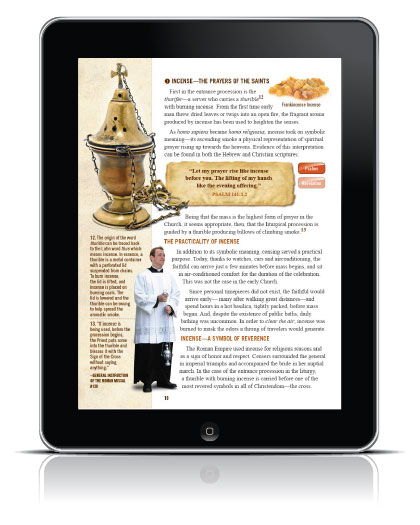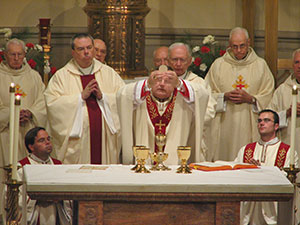How to livestream Masses or other liturgies on YouTube
Note: I also posted a video with more information and a demonstration of how I live stream.
I've been working on video streaming on a tight budget for years, and have scrambled to get live-streaming going for some liturgies on short notice, so I figured I'd put together a video showing a few options from 'cheap using what you already have' to 'a little more expensive but within a reasonable budget'. Note that if you plan on having regular video streams for the long term, it's better to invest in a proper streaming system with remote-controlled PTZ cameras and hard-wired connections.
All of the options in this post will require at least a smartphone or computer (laptop preferred) with a good WiFi connection. Ideally, you can also plug your phone or laptop into power so the battery doesn't run out in the middle of the stream



 As a seminarian, I often participate in very big liturgies at the Cathedral Basilica or other places at which many families are present. Invariably, there's always a few picture-takers who end up disrupting parts of the Mass or other liturgical functions in one way or another, and they usually don't even know they're doing it. Nor, more importantly, do they know how to not disrupt the liturgy!
As a seminarian, I often participate in very big liturgies at the Cathedral Basilica or other places at which many families are present. Invariably, there's always a few picture-takers who end up disrupting parts of the Mass or other liturgical functions in one way or another, and they usually don't even know they're doing it. Nor, more importantly, do they know how to not disrupt the liturgy!